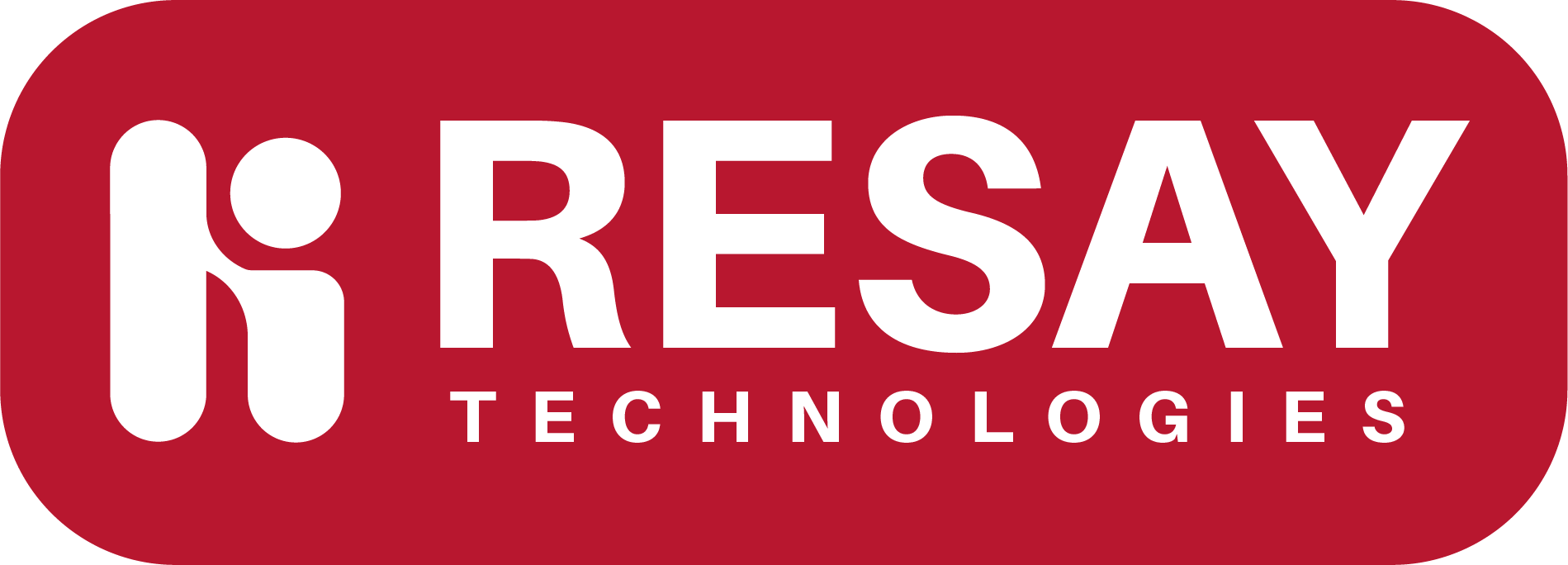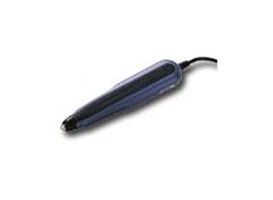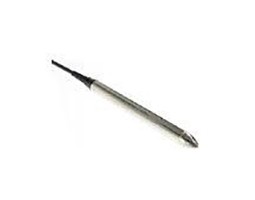In the context of computer input devices, a “pen” typically refers to a stylus or digital pen—a handheld device used for drawing, writing, or interacting with a digital interface. Here are some key features and applications of digital pens:
Key Features of Digital Pens:
- Touch Sensitivity:
- Digital pens are equipped with touch-sensitive tips that can detect pressure, allowing users to control the thickness and intensity of lines when drawing or writing.
- Buttons and Erasers:
- Many digital pens have buttons or an eraser on the body, providing additional functionalities such as right-clicking or erasing content.
- Wireless Connectivity:
- Digital pens often connect to devices wirelessly, using technologies like Bluetooth or proprietary wireless protocols. This allows them to communicate with tablets, smartphones, or computers.
- Battery or Battery-Free:
- Digital pens may be powered by internal batteries or be battery-free, relying on electromagnetic or other technologies for power.
- Precision and Accuracy:
- High-quality digital pens offer precise and accurate input, making them suitable for detailed drawing, note-taking, and other tasks.
- Compatibility:
- Digital pens are designed to work with specific devices, such as tablets or 2-in-1 laptops with touchscreens. Some pens are designed for specific brands or models.
- Palm Rejection:
- Many digital pens come with palm rejection technology, which prevents unintended touches from the user’s hand while using the pen, ensuring accurate input.
Applications of Digital Pens:
- Digital Art and Design:
- Digital pens are widely used by artists and designers for creating digital illustrations, sketches, and paintings.
- Note-Taking:
- In academic and business settings, digital pens are used for taking handwritten notes on tablets or touch-enabled devices.
- Signature Capture:
- Digital pens are employed for capturing electronic signatures in various applications, such as signing contracts or documents.
- CAD (Computer-Aided Design):
- Professionals in engineering and architecture use digital pens for precise input in CAD software.
- Education:
- In education, digital pens are utilized for interactive learning activities, annotating documents, and creating digital content.
- Presentations:
- Digital pens can be used during presentations to annotate slides or drawings in real-time.
- Medical and Scientific Applications:
- In medical fields, digital pens are used for taking electronic notes, annotating medical images, and other applications requiring precise input.
- Navigation and Interface Interaction:
- Digital pens can be used for navigating menus, selecting items, and interacting with touch-enabled interfaces on devices.
Digital pens provide a natural and intuitive way to interact with digital content, offering the precision and flexibility needed for a variety of creative and professional tasks. Their applications extend across different industries where handwritten input or precise drawing is required in a digital environment.


